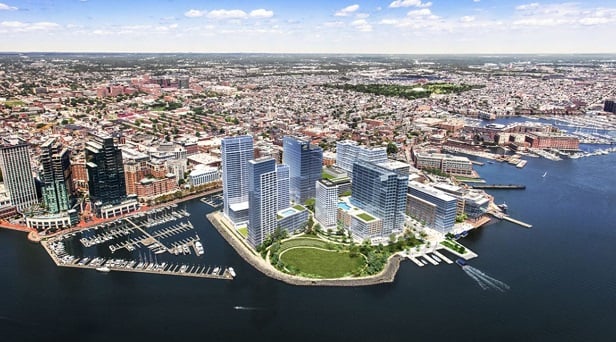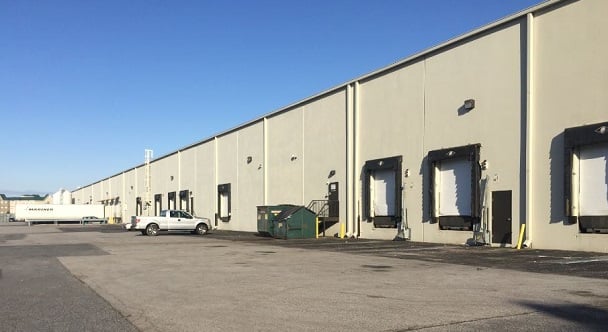There is a moderate level of demand for Class A office space inBaltimore now, he tells GlobeSt.com, which has traditionally beenlimited to perhaps six or so buildings, most of which are locatedon Pratt St. Demand is increasing, albeit slowly, for variousreasons: vacancies in the Baltimore office market in general aredecreasing—according to Delta Associates they are expected todecline to 10.9% from 11.7% over the next two years.
Also, there is little other Class A product in the pipeline,Wells adds. "Demand for Class A is primarily coming from tenants inother buildings that are taking the opportunity to cycle out ofolder buildings and upgrade to Class A." From his vantage point,most of this growth has been organic—that is, Baltimore firmsexpanding operations—as opposed to out of town tenants setting upshop in the city.
Activity in the Washington, DC, market, though, is having someimpact on Baltimore's real estate. More government contractors aremoving in; also Maryland is one of the submarkets expected tobenefit from the Base Realignment and Closure (BRAC)initiative.
Continue Reading for Free
Register and gain access to:
- Breaking commercial real estate news and analysis, on-site and via our newsletters and custom alerts
- Educational webcasts, white papers, and ebooks from industry thought leaders
- Critical coverage of the property casualty insurance and financial advisory markets on our other ALM sites, PropertyCasualty360 and ThinkAdvisor
*May exclude premium content
Already have an account?
Sign In Now
© 2024 ALM Global, LLC, All Rights Reserved. Request academic re-use from www.copyright.com. All other uses, submit a request to [email protected]. For more information visit Asset & Logo Licensing.








